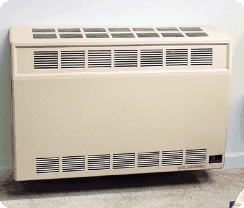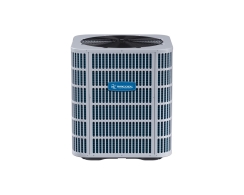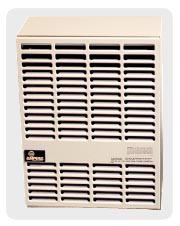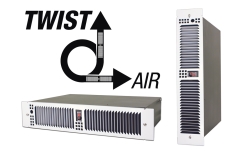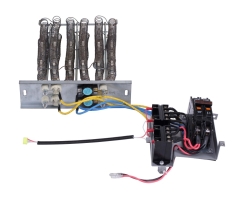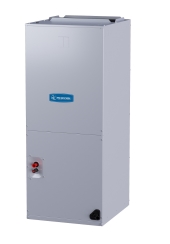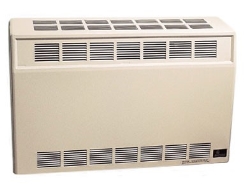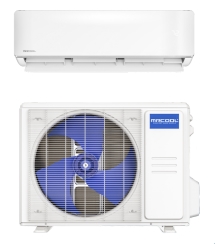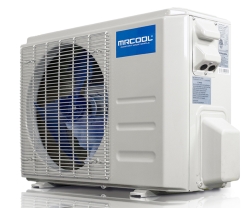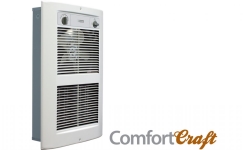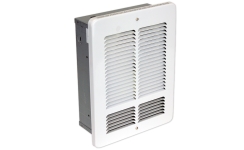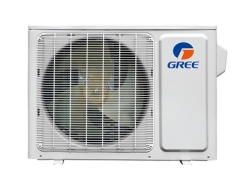Furnaces
Displaying 1–20 of 421 items
Have questions?
Our NFI-certified experts are here to help!Related Articles
Customer Q&A with Product Specialists
Thank you for reaching out!
Thank you for your interest in our products. We've received your question and will get back to you shortly — usually within the hour but always within 1 business day. To ensure you receive our response, please add our email address (info@efireplacestore.com) to your email whitelist or address book.
In the meantime, while we prepare our response, keep an eye on your inbox for an email from us. We'll be sending you our exclusive Buyer's Guide, packed with valuable information to assist you in making the best decision for your needs.
If you have any further questions or need immediate assistance, feel free to reach out to us directly at 1-800-203-1642.
Thank you again for choosing eFireplaceStore.com!
Customer Images

About Furnaces
A furnace can provide heat in a way that other appliances, like fireplaces, can't. But what do you want in a wall furnace? Is that different from what you need from a floor furnace? Okay, furnaces aren't as simple as some people might think. But that doesn't have to hinder you from getting the right one for you! Check out our Furnaces Buyer's Guide for more information on the different types of gas furnaces, configurations, things to consider before you buy, installation, and more.
